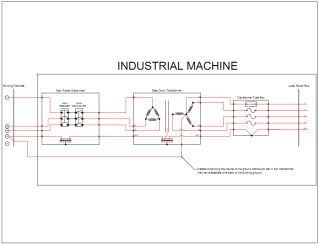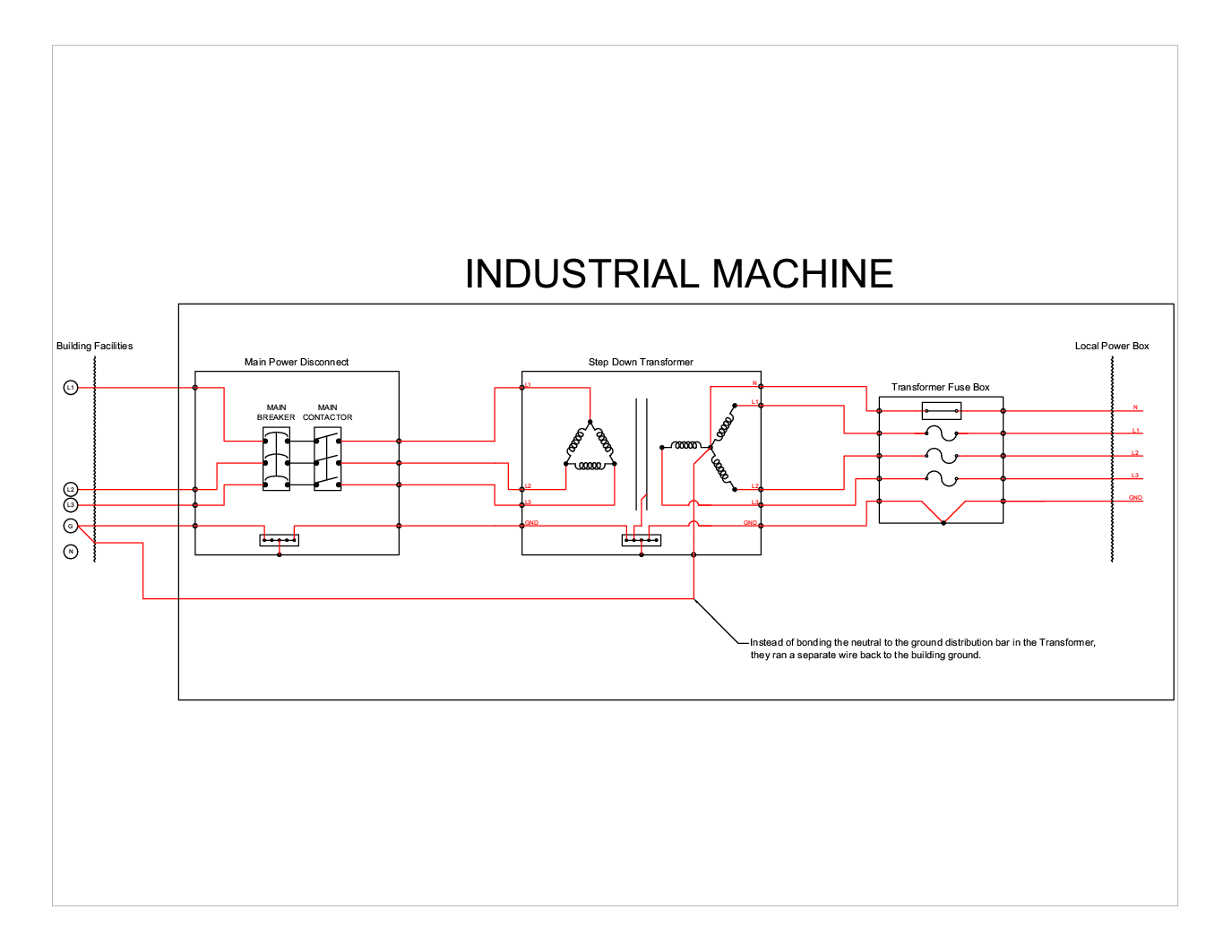I am working on installing a large piece of industrial equipment in another country that doesn't necessarily hold the NEC as the electrical standard. This system has a transformer installed in the tool to drop the 415V factory power down to 208V. The transformer is a delta-wye isolation transformer.
The design that was proposed and initially built here in the States had the neutral of the secondary bonded directly to the ground distribution bar inside of the transformer. This ground was fed from the main feed ground through a power disconnect for the tool and also bonded to the frame of the tool.
When the tool was shipped and being installed. The electricians doing the installation disconnected my neutral to ground wire and ran a separate wire from the building ground to the neutral of the transformer. This really seems like a bad idea, I still have a path for fault current but its no longer reliable as I am trusting an external connection and have effectively increased the distance of the neutral bonding jumper.
I have tried to find some standards that other countries follow, but I can't even find an NEC standard that says what they did is wrong. It just doesn't seem safe to me.
The picture below shows the wiring as they currently have it.

The design that was proposed and initially built here in the States had the neutral of the secondary bonded directly to the ground distribution bar inside of the transformer. This ground was fed from the main feed ground through a power disconnect for the tool and also bonded to the frame of the tool.
When the tool was shipped and being installed. The electricians doing the installation disconnected my neutral to ground wire and ran a separate wire from the building ground to the neutral of the transformer. This really seems like a bad idea, I still have a path for fault current but its no longer reliable as I am trusting an external connection and have effectively increased the distance of the neutral bonding jumper.
I have tried to find some standards that other countries follow, but I can't even find an NEC standard that says what they did is wrong. It just doesn't seem safe to me.
The picture below shows the wiring as they currently have it.



